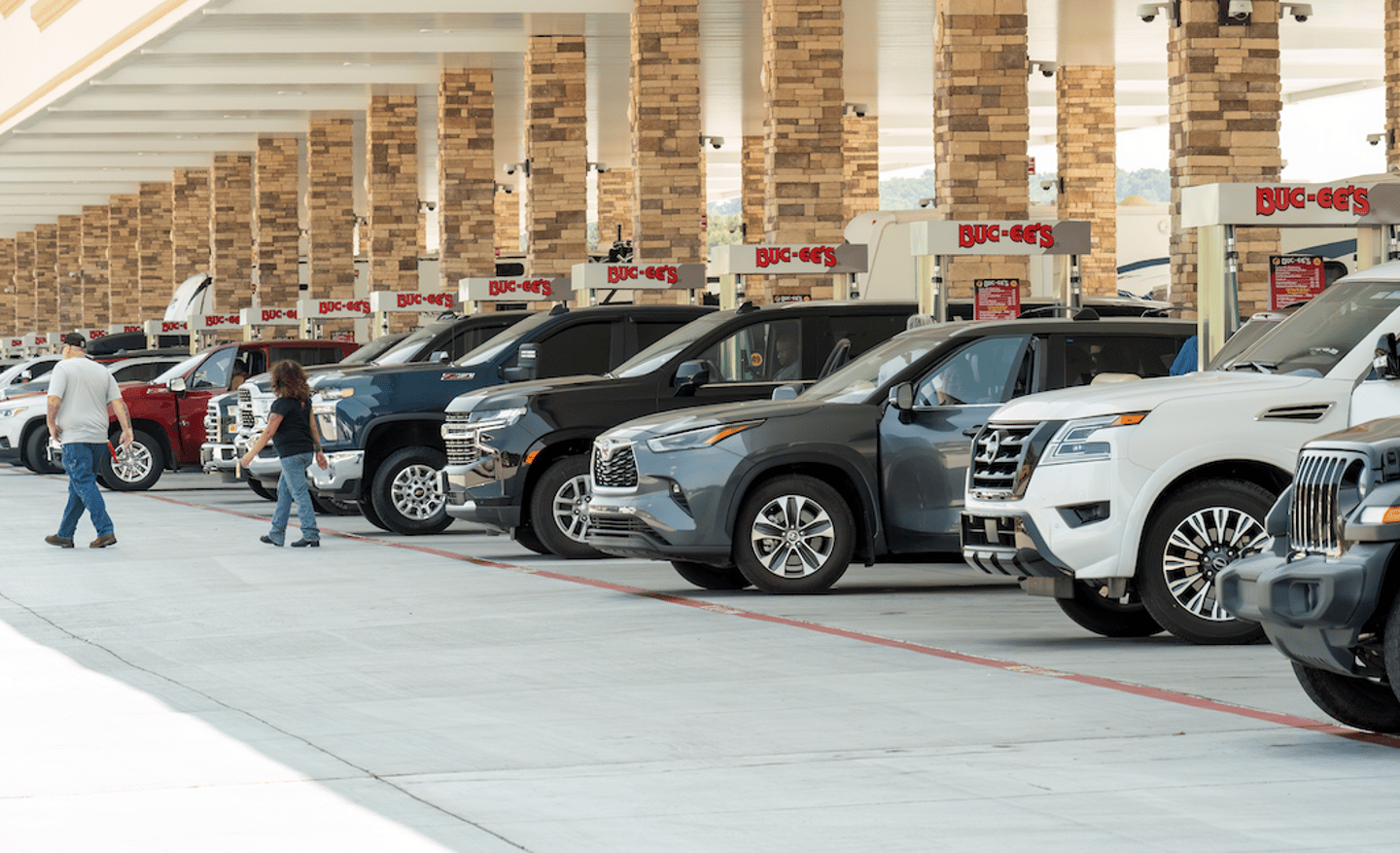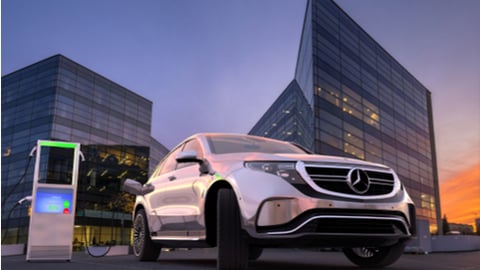Driving into the future
The landscape of convenience and gas retail is continuously transforming, with a significant shift on the horizon as an increasing number of drivers make the switch to electric vehicles (EVs). The imminent transformation suggests that within a decade, we will be relying on EVs, eliminating the need for conventional gas station/convenience store combinations. What implications does this hold for convenience operators in this evolving environment?
Industry stats
According to a recent study conducted by Payless Power, consumers are now taking their time to enjoy the amenities that gas chains are offering, spending anywhere from 16-24 minutes per stop.
In the same study, it was discovered that consumers are also willing to drive up to 20 minutes out of their way to visit their favourite gas station. The most important factors that made up their chosen stations included cleanliness, prices, food quality, and customer service.
The new Buc-ee’s in Tennessee exemplifies these emerging trends. The gas/convenience chain is already known for its barbecue, bathrooms, and customer service, and has now built a 74,000-sq. ft. convenience store with 120 gas pumps. Housing 350 employees, this new location builds on the tenants that consumers are increasingly finding more important. The only potential issue they may face is their investment in selling gas as consumers shift to EVs.
Gas stations
Now for some quick math:
Canada has stated that the sale of new gas-powered vehicles will be prohibited starting in 2035 (which could also be pushed up as gas prices continue to rise).
There are currently approximately 12,000 gas stations in Canada.
Mainly due to harsh weather, the average lifespan of vehicles in Canada is 12.88 years.
Therefore, gas stations (in their current form) could be rendered obsolete by around 2047. Said more simply, 12,000 gas stations have under 25 years to completely pivot their businesses.
Many current EV users charge at night, eliminating most of the need to go to charging stations. This is a huge advantage of EVs, but there is a glaring problem as adoption increases: Infrastructure. Ontario and the rest of Canada’s infrastructure is insufficient and will not be able to handle the approximately 30 million drivers (the current number of gas vehicles on the road in Canada currently) charging at the same “off-peak” time overnight. Add the fact, the Pickering Nuclear Generating Station is anticipated to require urgent repairs by 2028, making the situation even more challenging. The fact is, people will be using charging stations similar to how they use gas stations currently.
This sounds scary, but there is the ability to pivot to experience centres. In Canada, Petro-Canada has begun this movement already, by beginning the development of “Canada’s Electric Highway” where they have already set up EV charging every 250 km or less from Halifax to Victoria.
From convenience to experience
In a study with 500 Nissan Leaf vehicles (their version of the EV), charging was shown to be much slower at cooler temperatures. It took 30 minutes to charge to 80% at 77 degrees, but at 32 degrees, the vehicles were only able to charge to 44%. Being in a colder climate, like the majority of Canada for half of the year, requires vehicles longer to charge. Therefore, there needs to be something to do while you wait. Starbucks had already considered this throughout the Pacific Northwest.
Starbucks is in the process of implementing EV charging at locations along the Seattle to Denver route. People will wait for their vehicles to charge, be able to relax, have a beverage/snack, and enjoy their time at Starbucks.
We expect this trend to pick up as EVs become the majority over gas-powered, and more non-automotive retailers attempt to enter the “EV Station” market.
Gas and convenience retail will look a lot different in the coming decades. The bright side is, there is time to innovate: Start now to develop your “Charging Centre of the Future”, blending convenience, retail, food, EV charging, and maybe even a workshare.












